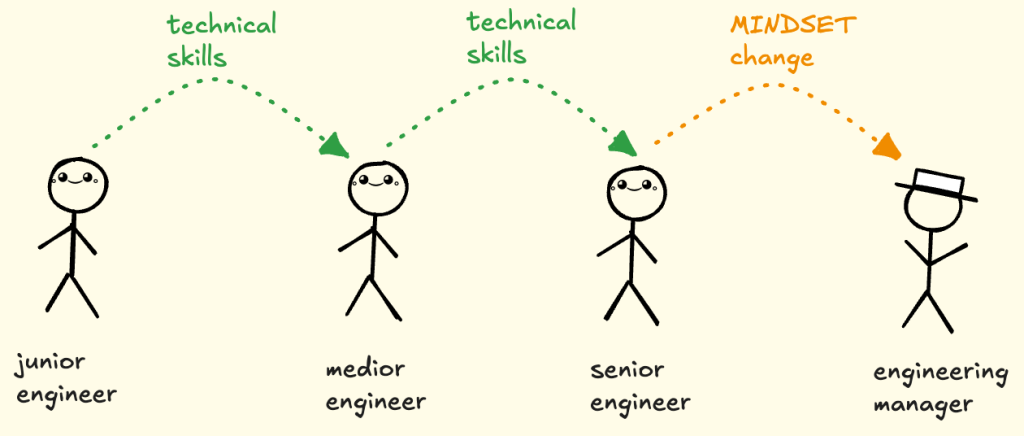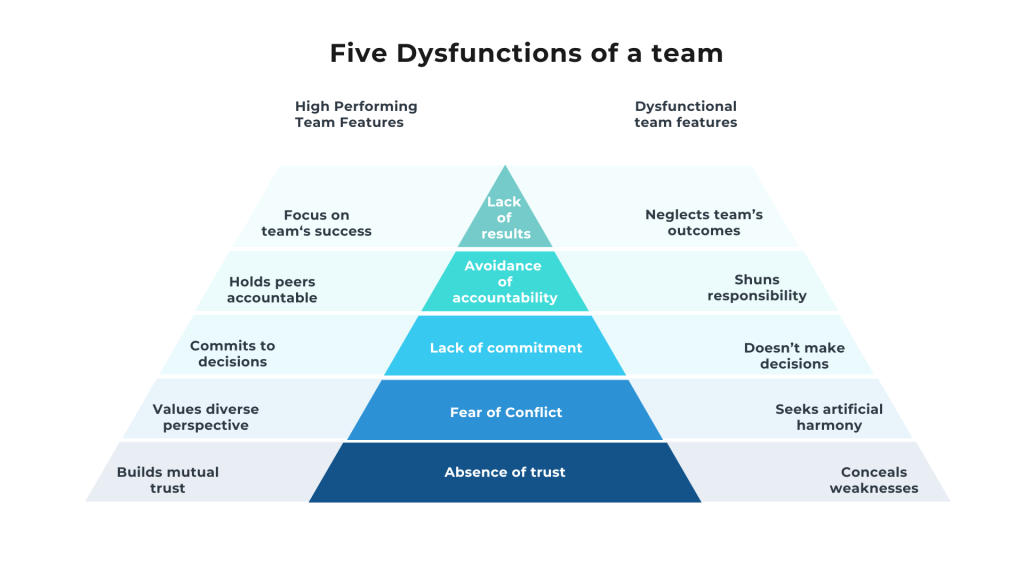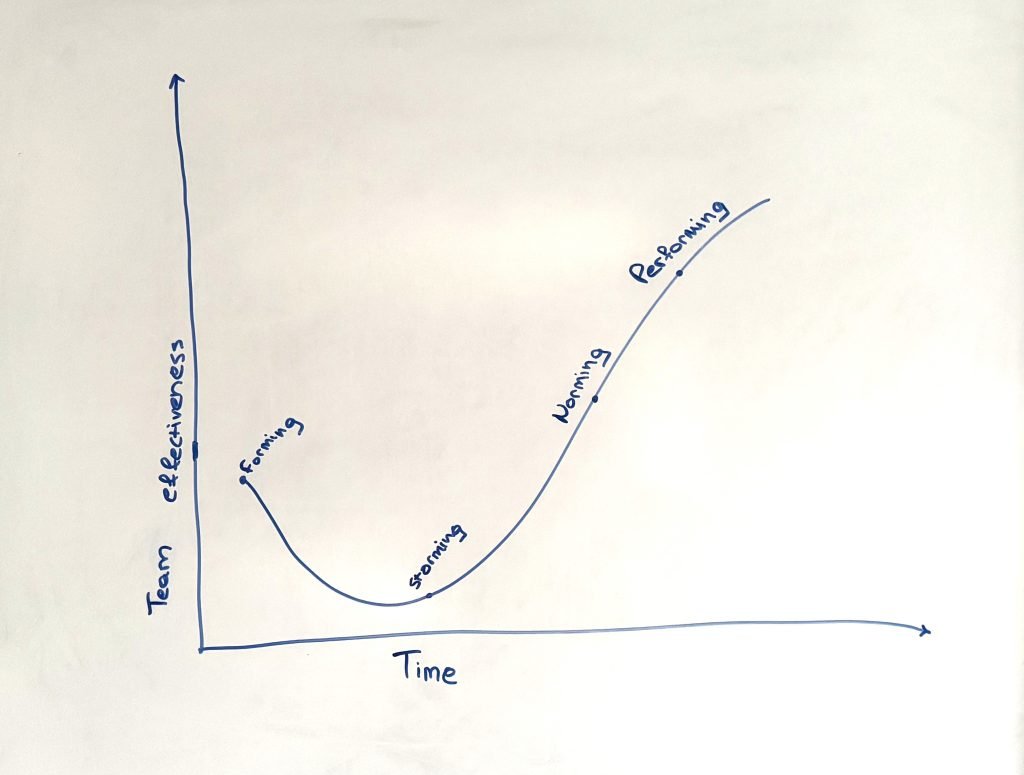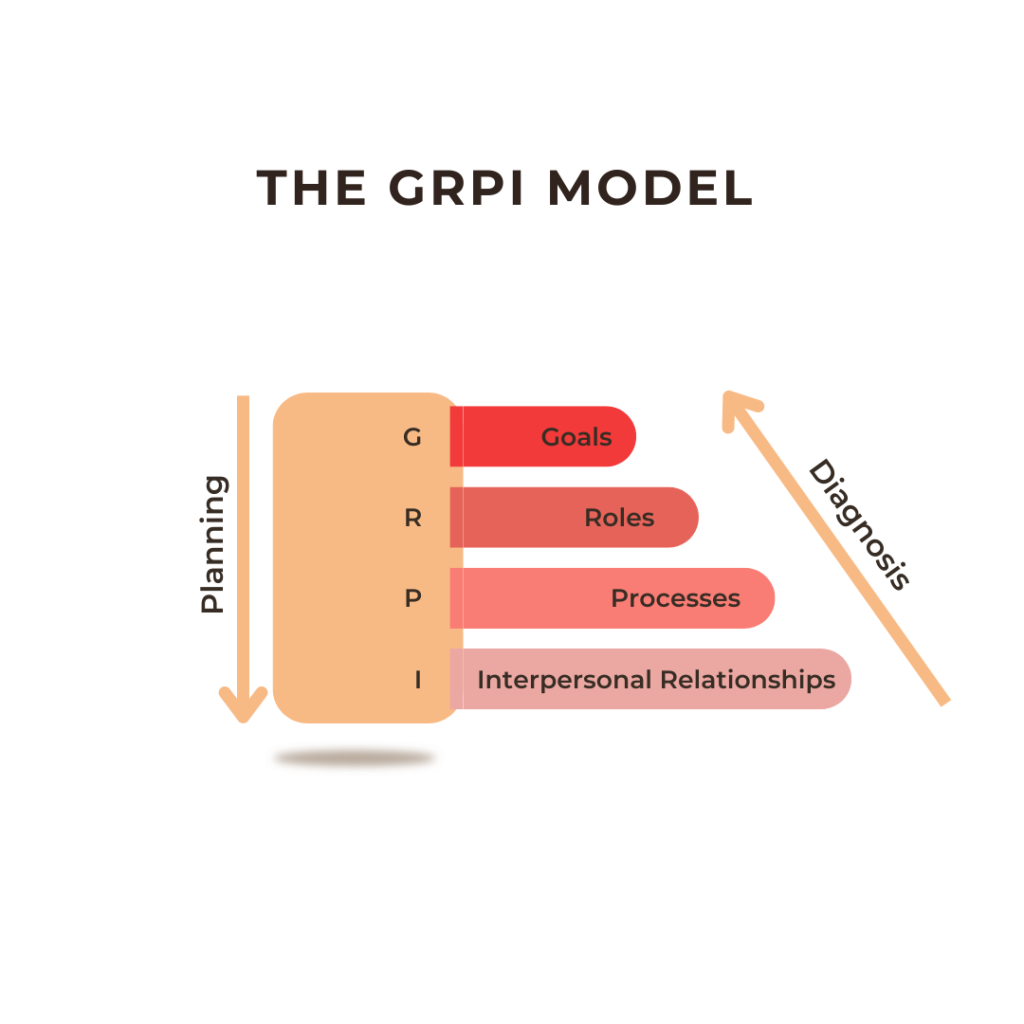How we form our teams
Productive teams are the heart of every successful company, and it’s widely recognized that no individual can achieve what a team can. After all, as the saying goes, a team is greater than the sum of its parts.At Vtool, we believe that building strong, high-performing teams is key to delivering high-quality service to our clients.In this blog, I’ll outline our approach to developing technical leaders and building frameworks for high-performance teams.
Developing Technical Leaders
It all starts with how we identify and develop technical leaders within our company. One challenge in engineering leadership is that exceptional individual contributors are often promoted into leadership roles. While their technical expertise is valuable, being a great engineer doesn’t automatically translate into being a great leader.Leadership requires a completely different set of skills, and that’s where our Technical Leadership Academy™ comes in.
The academy is designed to bridge the gap between technical expertise and effective leadership. Our goal is to identify engineers with the right mindset and leadership potential—even if they aren’t yet formal team leads—and equip them with the tools to become effective technical leaders.
The first step in leadership development is shifting the mindset. Technical leadership demands a broader perspective: leading people, managing conflict, and aligning team efforts with organizational goals. Strong coding skills alone are not enough to succeed as a technical leader.

Being an excellent individual contributor does not equate to having the necessary leadership skills.
Some of the skills we teach in our academy include:
- Giving and receiving feedback: We teach leaders various frameworks for delivering constructive feedback.
- Conflict resolution: Conflicts are inevitable in every team and are to be expected. The skills to resolve them early on is critical for every leadership role.
- Task planning and delegation: Many high performers struggle with planning the work for multiple people. Delegation, a close second, requires entrusting others with parts of the job—something that can be difficult for individual contributors transitioning into leadership. To address this, we focus on teaching effective planning and delegation skills, emphasizing their critical role in the team’s success.
- Effective communication: Clear communication is the foundation of every effective team. One of the first things we teach our future technical leaders ishow to communicate effectively. This includes how to engage with various stakeholders throughout the project.
- Career development: We emphasize teaching our team leaders how to help their team members grow their skills and achieve their professional goals. A sense of continuous improvement is very important for engineers, and we ensure that career development discussions are happening regularly within our teams.
Why is this important? Our experience in delivering dozens of projects for our customers shows that when engineers learn these skills before stepping into leadership roles they are more effective in leading teams and delivering value to our customers. They are better prepared for the role, rather than having to learn on the job.
Building High-Performance Teams
We are committed to building high-performance teams through the application of well-established principles and frameworks. In our academy, we focus on developing our technical leaders who can effectively ead and guide their teams using these proven principles.Some of these frameworks are listed below.
Lencioni’s The Five Dysfunctions of a Team
This model highlights the common challenges that can lead to team dysfunctions, as the name implies. It is a framework that helps leaders identify and understand the key pitfalls that prevent teams from reaching their potential, such as a lack of trust, fear of conflict, or lack of accountability.By recognizing and addressing these dysfunctions in advance, our leaders are able to create proactive environments where teams thrive.

Tuckman’s Stages of Team Development
Proposed by Bruce Tuckman, this model outlines the key phases teams usually use in order to become high-performing units:
- Forming: Team members get to know one another, establish roles, and set initial expectations for how they will work together.
- Storming: Conflicts will arise as team members start exchanging their ideas and voice differences.
- Norming: The team begins to establish norms – how the work gets done.
- Performing: The team reaches peak productivity, with strong collaboration and minimal friction, as team members work cohesively toward common goals

Understanding where a team stands in its development journey allows leaders to plan more effectively and address challenges as they arise. This model emphasizes that conflict – especially during the “storming” stage – is a natural and necessary part of team development.Once team members are educated about this, they are less likely to be surprised or demotivated when the conflict happens. They have been told to expect it, deal with it accordingly, learn from it, and use it as an opportunity for growth.
The GRPI Model
Developed by Richard Beckhard, this model identifies four key factors for building effective teams:
- Goals: Clear, shared objectives.
- Roles: Well-defined responsibilities and expectations from each team member.
- Processes: Effective workflows, communication, and decision-making structures.
- Interpersonal Relationships: Trust and collaboration among team members to foster a positive team dynamic.

While this is a more general model, it’s important because it highlights the essential aspects of high-performing teams.For example, many technical leaders often overlook the power of structure and processes. Our experience has shown that teams become more effective when the right structures are put in place, such as clear channels for sharing information, communication, and Q&A sessions.
Google’s Project Aristotle
Google conducted a study called “Project Aristotle” which identified five key dynamics that contribute to high-performing teams, using five fundamental dynamics:
- Psychological Safety: Team members feel safe to take risks and express ideas without fear of judgment or negative consequences.
- Dependability: Members reliably complete tasks and meet expectations.
- Structure and Clarity: Goals, roles, and plans are clear.
- Meaning of Work: Team members find their work personally meaningful.
- Impact of Work: Team members believe that their work and contribution makes a difference.

This is one of the most well-known studies on high-performance teams. Its power comes from the fact that it’s based on data and research.The study identified what aspects are important for having an effective team, and we teach our teams and technical leaders how to apply these insights to enhance team performance.
Why is teaching these models important and valuable? By teaching them, we raise awareness of team dynamics and in doing so, we are able to react better to those dynamics and prevent potential issues throughout the course of the project.
Conclusion
To provide better service, we focus on building high-performing teams. But, before we can build strong teams, we need to first develop strong technical leadership.That’s why we launched the Technical Leadership Academy at Vtool. By teaching our future leaders and teams various frameworks and models, we equip them with the tools and knowledge needed to execute projects successfully and with confidence.



.png)

